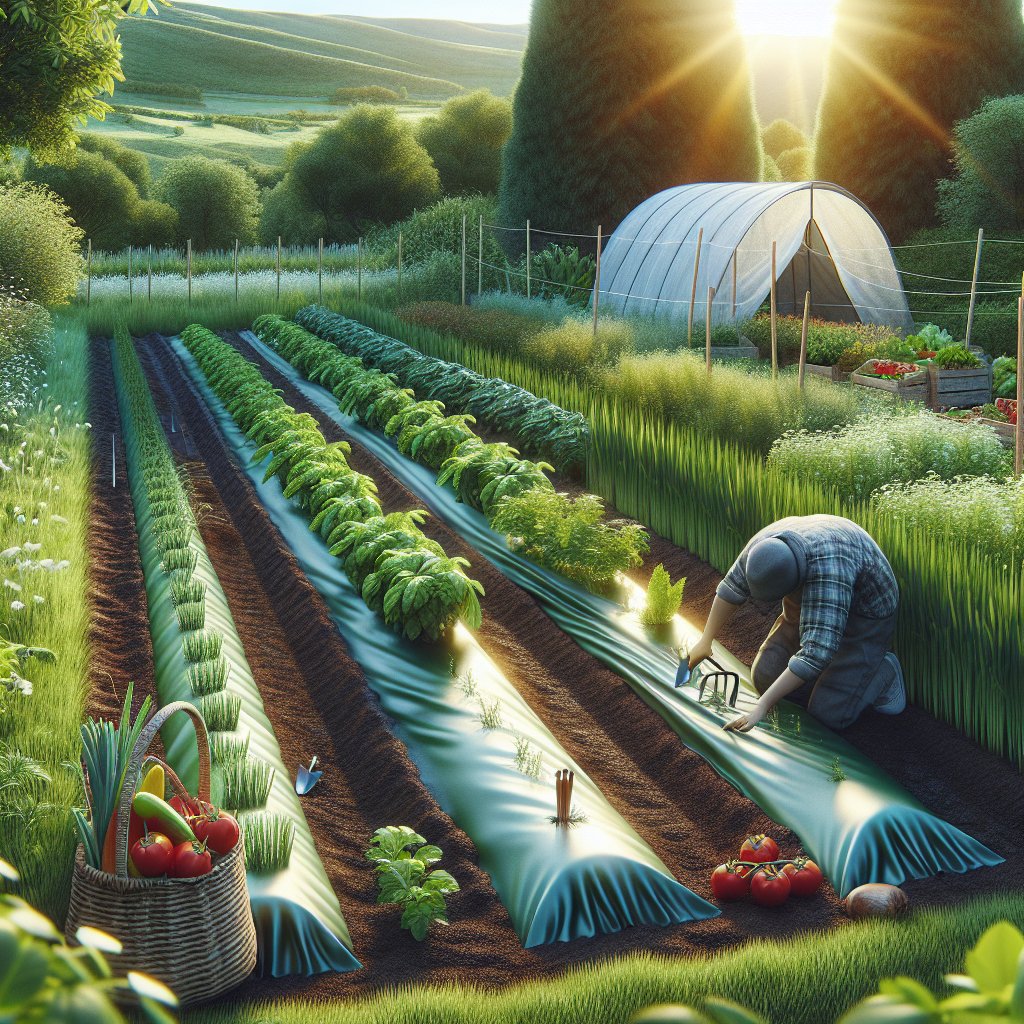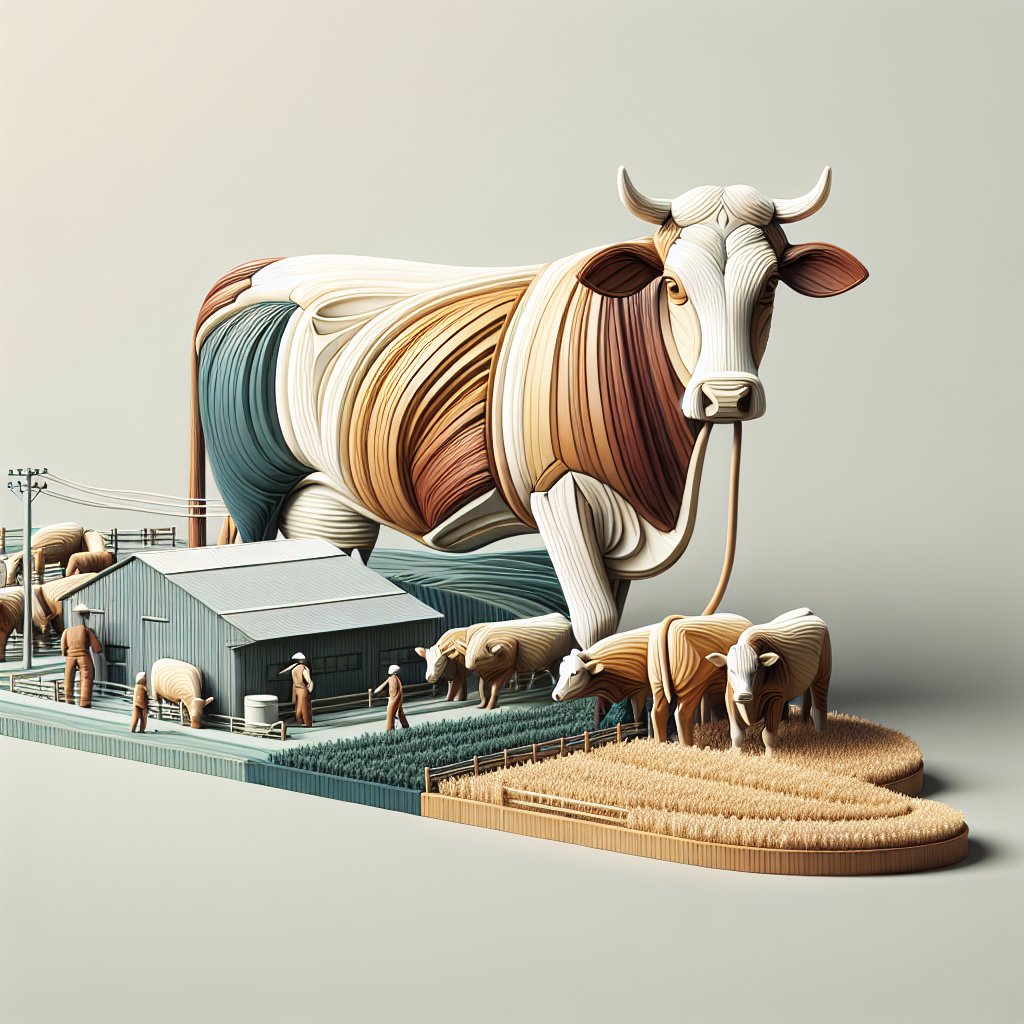
Extending the growing season is a crucial aspect of modern agriculture, and one effective method to achieve this is through the use of row covers. Row covers are versatile tools that can help farmers and gardeners protect their crops from adverse weather conditions, pests, and even extend the growing period by creating a more favorable microclimate. This article delves into the various types of row covers, their benefits, and practical tips for their use in extending the growing season.
Understanding Row Covers
Row covers are essentially protective layers placed over crops to shield them from environmental stressors. They come in various forms, including floating row covers, low tunnels, and high tunnels, each serving different purposes and offering unique advantages. The primary materials used for row covers are lightweight fabrics, plastics, and nets, which are selected based on the specific needs of the crops and the climatic conditions of the area.
Types of Row Covers
There are several types of row covers, each designed to cater to different agricultural needs:
- Floating Row Covers: These are lightweight, breathable fabrics that rest directly on the plants. They are ideal for protecting crops from insects and light frost. Floating row covers allow sunlight, air, and water to penetrate, creating a conducive environment for plant growth.
- Low Tunnels: Constructed using hoops and plastic or fabric covers, low tunnels provide a more robust protection against frost and wind. They are suitable for extending the growing season in cooler climates by trapping heat and maintaining a stable temperature around the plants.
- High Tunnels: Also known as hoop houses, high tunnels are larger structures that allow for greater control over the growing environment. They are particularly useful for growing crops that require a longer season or for starting plants earlier in the spring.
Benefits of Using Row Covers
The use of row covers offers numerous benefits that can significantly enhance agricultural productivity:
- Frost Protection: Row covers provide an insulating layer that can protect crops from early or late-season frosts, allowing for an extended growing period.
- Pest Control: By acting as a physical barrier, row covers can prevent insects and other pests from reaching the plants, reducing the need for chemical pesticides.
- Microclimate Creation: Row covers help create a microclimate that is warmer and more humid, promoting faster growth and higher yields.
- Water Conservation: The covers reduce evaporation, helping to retain soil moisture and reduce the frequency of irrigation.
Implementing Row Covers in Your Garden or Farm
Successfully implementing row covers requires careful planning and consideration of various factors, including the type of crops, local climate, and available resources. Here are some practical tips to help you make the most of row covers in extending your growing season:
Choosing the Right Material
The choice of material for your row covers is crucial in determining their effectiveness. Lightweight fabrics are suitable for insect protection and light frost, while heavier materials or plastics are better for more severe weather conditions. Consider the specific needs of your crops and the typical weather patterns in your area when selecting materials.
Proper Installation Techniques
Proper installation is key to maximizing the benefits of row covers. Ensure that the covers are securely anchored to prevent them from being blown away by the wind. For floating row covers, allow enough slack for plant growth, and for tunnels, ensure that the structure is stable and well-ventilated to prevent overheating.
Monitoring and Maintenance
Regular monitoring and maintenance of row covers are essential to ensure their continued effectiveness. Check for any tears or damage and repair them promptly. Adjust the covers as needed to accommodate plant growth and changing weather conditions. Additionally, be mindful of the potential for overheating, especially in high tunnels, and provide adequate ventilation when necessary.
Timing and Crop Selection
Timing is critical when using row covers to extend the growing season. Plan your planting schedule to take full advantage of the protection offered by the covers. Select crops that are well-suited to the extended season and can benefit from the microclimate created by the covers. Cool-season crops, such as lettuce, spinach, and broccoli, are excellent candidates for early spring or late fall planting under row covers.
Conclusion
Row covers are invaluable tools for farmers and gardeners looking to extend their growing season and improve crop yields. By understanding the different types of row covers, their benefits, and how to implement them effectively, you can create a more resilient and productive agricultural system. Whether you are a small-scale gardener or a large-scale farmer, incorporating row covers into your practice can lead to healthier plants, reduced pest pressure, and a longer harvest period, ultimately contributing to a more sustainable and profitable operation.

